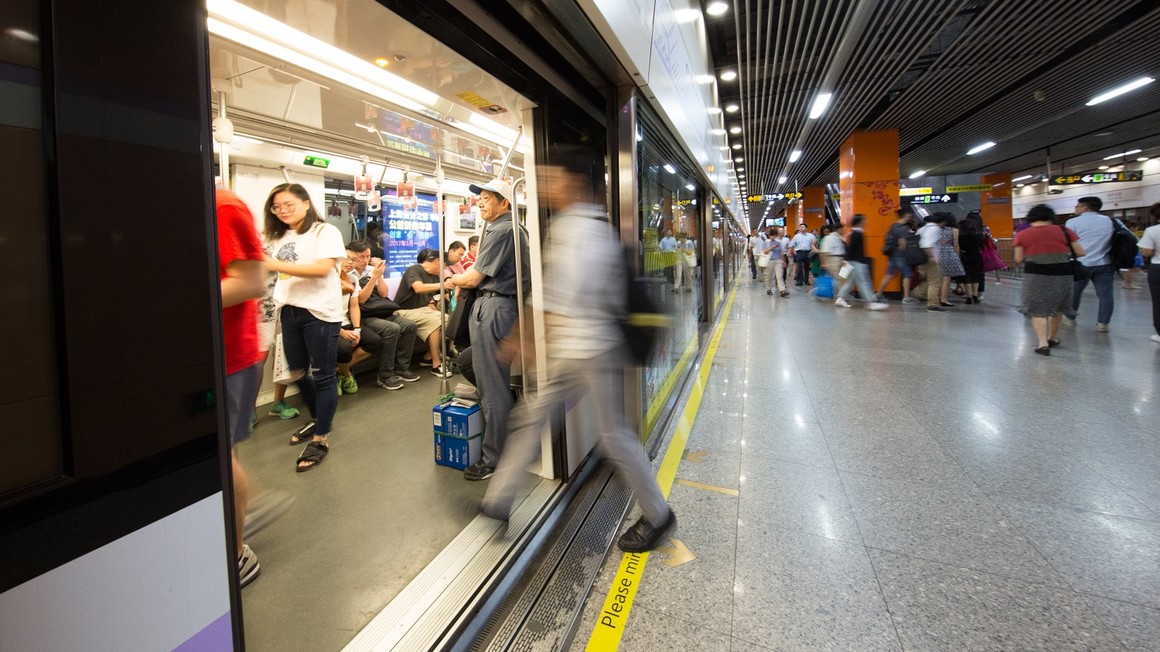Rail automation made easy with ALSTOM

Automation is all the rage, but what about rail? How does Automatic Train Operation work, what is it and how does it make trains better? This article will have you speaking in Automatic Train Operation lingo in no time.
What is Automatic Train Operation?
Automatic Train Operation is basically a set of computerised systems that takes control over certain parts of a train. Its similar to an airplane being flown on autopilot. There is always a pilot present who can intervene and take control if required, but the basics are handled by the airplane’s onboard computers. Trains are different from planes of course, but it’s a good comparison.
Automatic Train Operation works with an existing system called Automatic Train Protection (ATP). ATP is like a safety system that limits how fast the train can go and even automatically apply the brakes if something isn’t right. Automatic Train Operation builds upon this automated safety system but takes it to a whole new level.
Ok great. But what’s the point of automating trains when we already have drivers?
The short answer is that Automatic Train Operation automates smaller tasks like opening and closing doors so train drivers can focus on other responsibilities.
But what’s more important is that, when it comes to certain things, computers and machines are simply more accurate and reliable than humans. We know that humans can do math, but if you want to accurately
calculate huge numbers over and over, a calculator will always be faster and more reliable and accurate than a human.
Increasing transport capacity with Automatic Train Operation
Automation really comes into play when we want to increase transport capacity to help move more and more people. Population is growing everywhere, and cities are getting more and more crowded. But its not so easy to increase capacity by just adding trains or building new lines. On one hand its expensive to keep buying trains and building lines and on the other hand, there is a point where you just can’t increase a line’s capacity anymore without changing something.
Think of filling a bottle with a funnel. The water is people, the funnel is the trains and the hole in the bottom of the funnel is the tracks, and you want to get more water into the bottle. But if you try increasing the amount of water going into the funnel, at some point it just flows over the sides. You can get a bigger funnel, one that will hold more water but the water won’t flow into your bottle any faster because you are limited by the opening at the bottom where all the water has to pass.
So, you could say that Automatic Train Operation widens the opening at the bottom of the funnel, letting more water pass through the funnel faster. Because it’s all automated like a calculator, our latest digital automation technologies enable a single station to handle one train every 90 seconds. A human can do a lot of things, but they just can’t reliably make those precise calculations over and over with the same efficiency and accuracy.
That’s why Automatic Train Operation matters, it enables us to bring the rail lines we already have to their full capacity. It’s the best, and often only, way to get more people to their destination using our existing infrastructure. Of course, you could build more tracks, but that’s expensive and not sustainable. We call that ‘signalling instead of concrete’.
